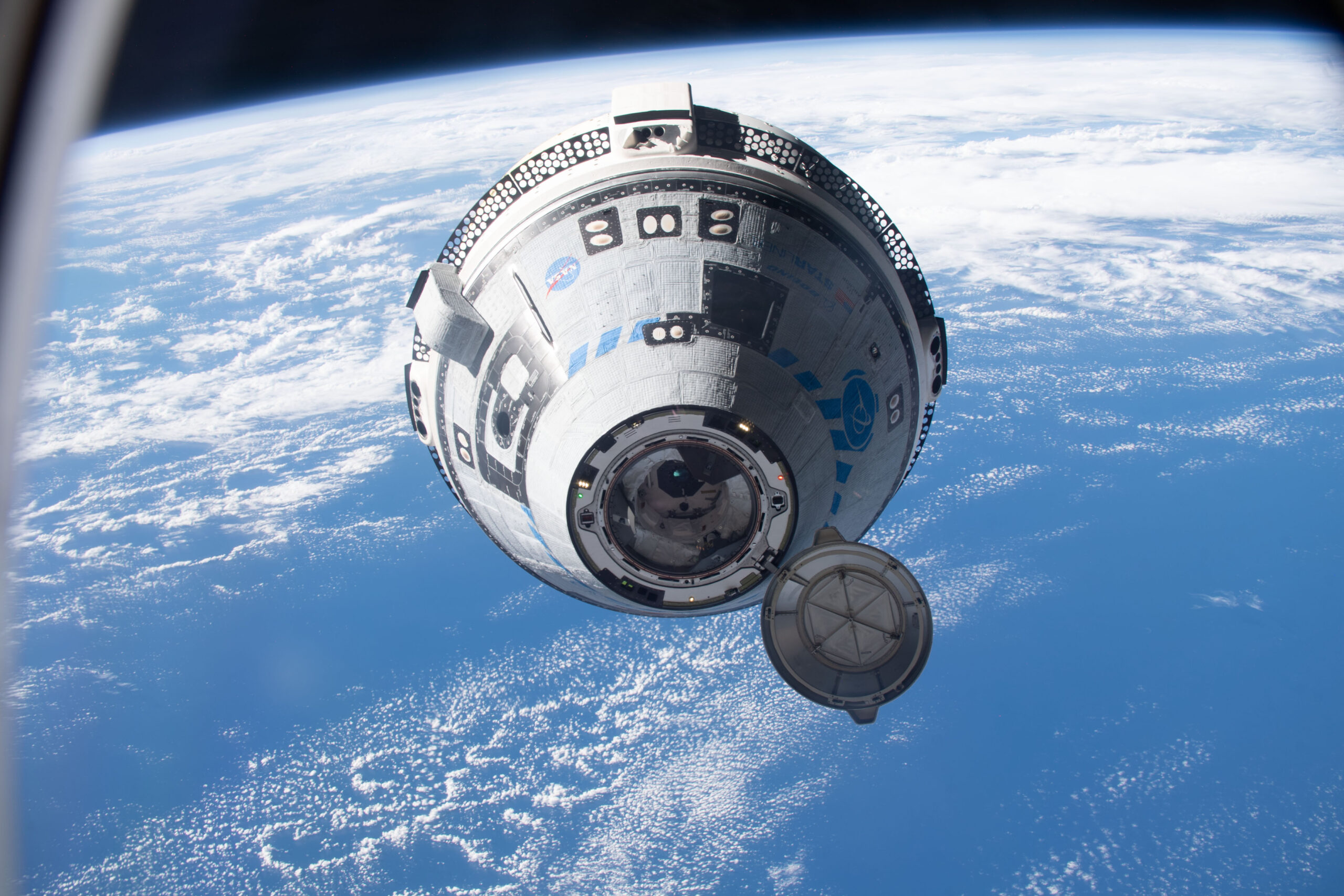
The snakebitten Crew Flight Test (CFT) of Boeing’s CST-100 Starliner will no longer fly in 2023, according to comments provided by senior leaders in a media teleconference on Monday afternoon. NASA astronauts Barry “Butch” Wilmore and Suni Williams have been in formal training for more than a year to fly an approximately eight-day test flight to the International Space Station (ISS), the satisfactory completion of which will allow the Commercial Crew Program to move forward to regular long-duration missions to the sprawling orbital complex, beginning with Starliner-1.
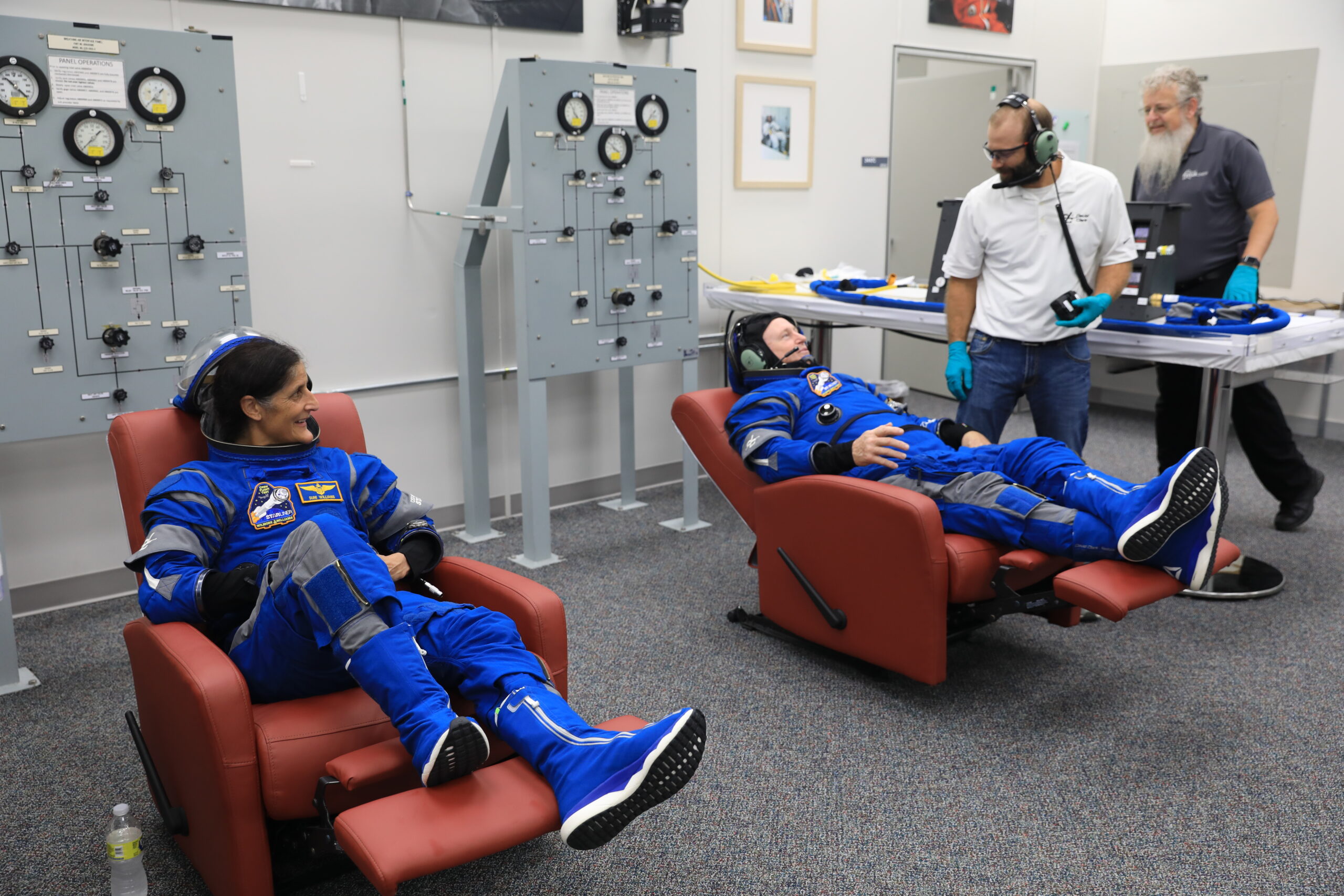
The CFT mission will see Wilmore and Williams conduct a complete shakedown of Starliner, from launch atop a United Launch Alliance (ULA) Atlas V out of storied Space Launch Complex (SLC)-41 at Cape Canaveral Space Force Station, Fla., through orbital operations to rendezvous, docking and undocking at the ISS and return to Earth, alighting on solid ground beneath parachutes at White Sands Space Harbor (WSSH) in New Mexico. NASA previously stressed that there exists some scope to extend the astronauts’ stay aboard the space station if needed, but no definitive limit has been offered on exactly how long CFT might remain in orbit.
In readiness for CFT, an uncrewed Orbital Flight Test (OFT-1) was launched to the station in December 2019, but shortly after reaching orbit Starliner suffered an automated timing malfunction which obligated flight controllers to call off its docking and it returned to Earth to land at WSSH a couple of days later. Although OFT-1 successfully trialed the spacecraft’s propulsion and communications systems, its Guidance, Navigation and Control (GNC), its Environmental Control and Life Support System (ECLSS) and—via a series of in-flight extension/retraction tests—the NASA Docking System (NDS).
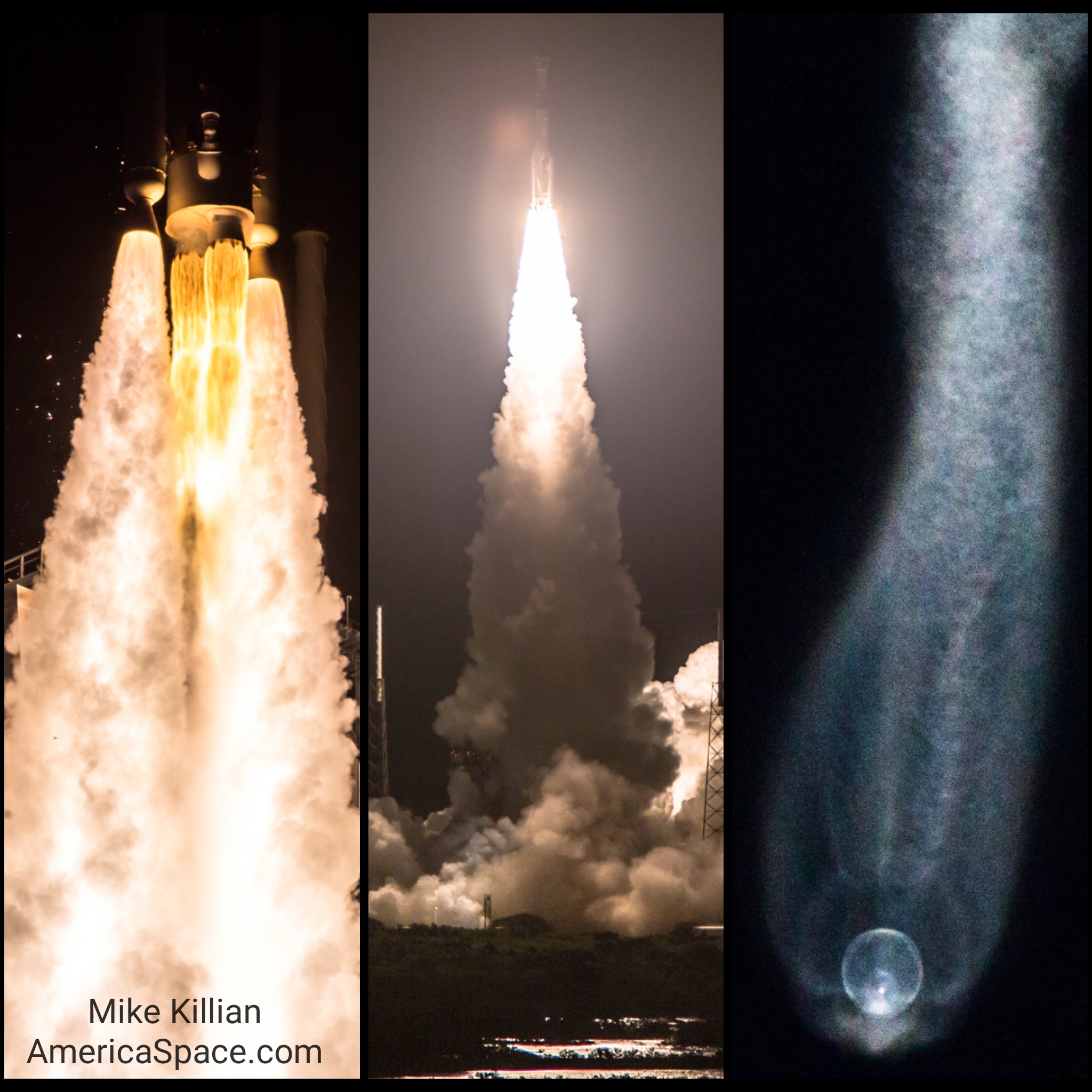
But the incomplete mission led Boeing in April 2020 to announce plans for a second uncrewed test flight, but additional technical woes forced OFT-2’s launch from an initial placeholder date of January 2021 into the late spring and eventually midsummer. An unexpected valve-position indication in Starliner’s oxidizer system then cropped up before launch in early August 2021, forcing OFT-2 to be stood down indefinitely as teams dug into understand and resolve the problem.
Eventually, OFT-2 launched smoothly in May 2022 and successfully reached the ISS, carrying “Rosie the Rocketeer”, an instrumented anthropometric dummy, clad in Boeing’s blue launch and entry suit, together with 500 pounds (225 kilograms) of NASA cargo and 300 pounds (135 kilograms) of Boeing cargo. Starliner was unloaded by the station’s Expedition 67 crew, before undocking and returning safely to Earth to wrap up a flight of just shy of six full days.
Late last August, NASA and Boeing leaders reported that the spacecraft’s integrated systems “performed extremely well” during OFT-2 but with several “open” areas of work and the need to deconflict a busy ISS visiting vehicle manifest, CFT’s targeted launch slipped with agonizing regularity: its NET moving from December 2022 to February 2023, then to April 2023 and eventually to July 2023.
Then, early in June, NASA and Boeing cited a pair of issues pertaining to the spacecraft’s parachute lines and adhesive tape used on wiring harnesses. It was noted that these issues would necessitate a delay past the summer, with a fall launch considered “feasible”, but with today’s media teleconference Boeing does not anticipate having the CFT spacecraft in a full state of mission readiness until at least March 2024.
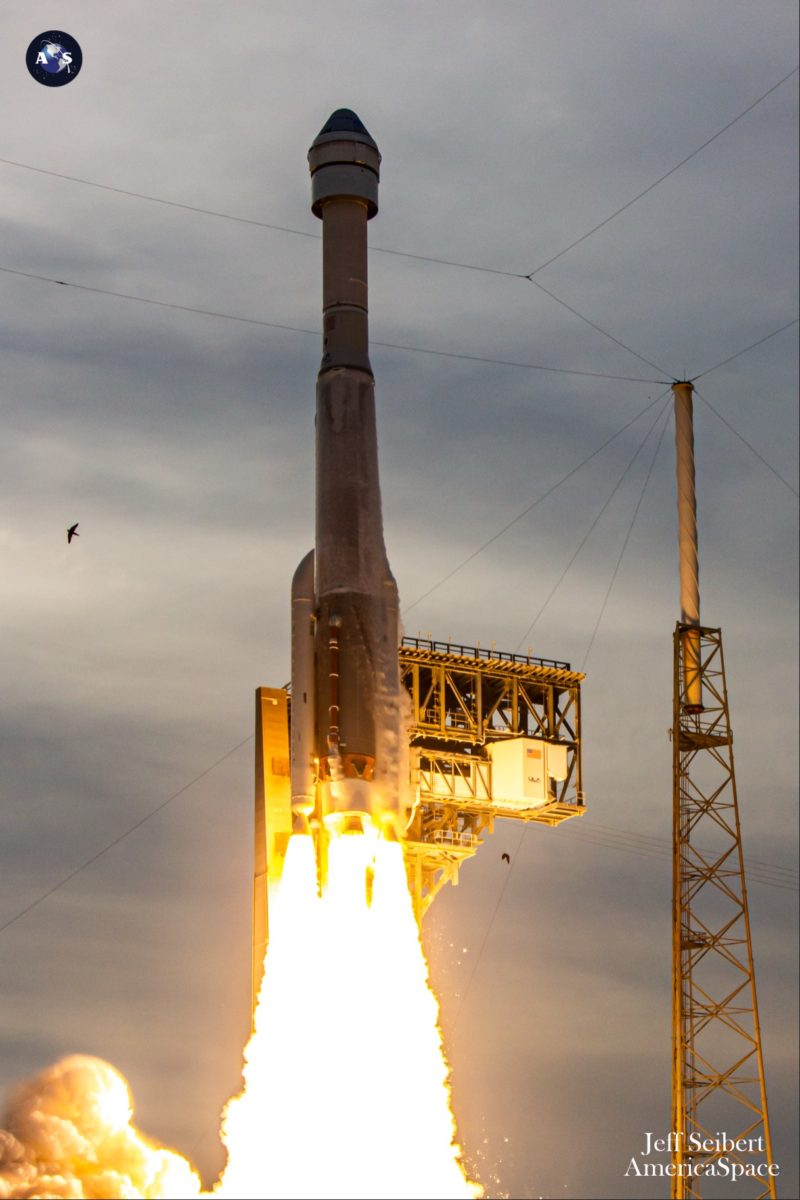
The tape is designed to protect wiring from dust and chafing, as well as circumventing the risk of electrical shorts. But it was found that its adhesive properties “could present a flammability risk under certain conditions”, as teams dug in to evaluate Starliner’s entire wiring protection architecture to verify its acceptability for flight.
Meanwhile, the parachute issue centered upon small fabric “soft-links” used on the suspension lines of Starliner’s three main parachutes. There were found to have a failure load-limit substantially lower than incorrect test results had led engineers to believe, decreasing their safety factor “pretty significantly,” according to Mark Nappi, Boeing’s vice president and program manager for Starliner.
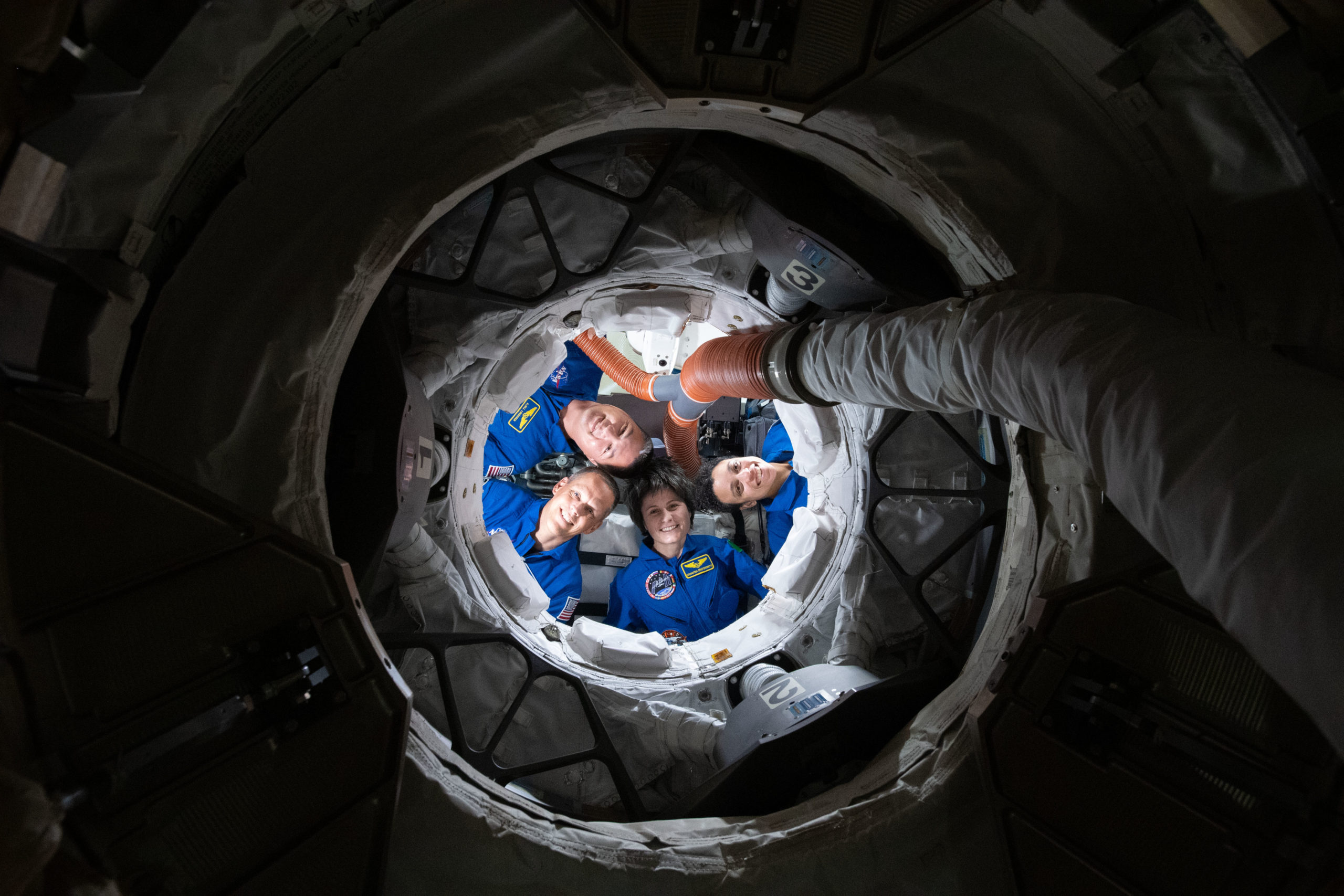
In his opening comments on Monday, NASA Commercial Crew Program Manager Steve Stich paid tribute to the “tremendous amount of progress” made since June, with the parachute soft-link issue having been subjected to an extensive redesign and currently midway through testing. A technical interchange meeting took place early last month and teams have focused on Starliner’s main and drogue systems, effectively a “thorough review,” Mr. Stich said, “of the entire parachute system”.
Mr. Nappi explained that the redesigned soft-link benefits from a stronger Kevlar wrap, which is currently in development. About 85 percent of the flammable tape has been “remediated” and teams have also reached a state of about 98-percent completeness with all other CFT-related certification products.
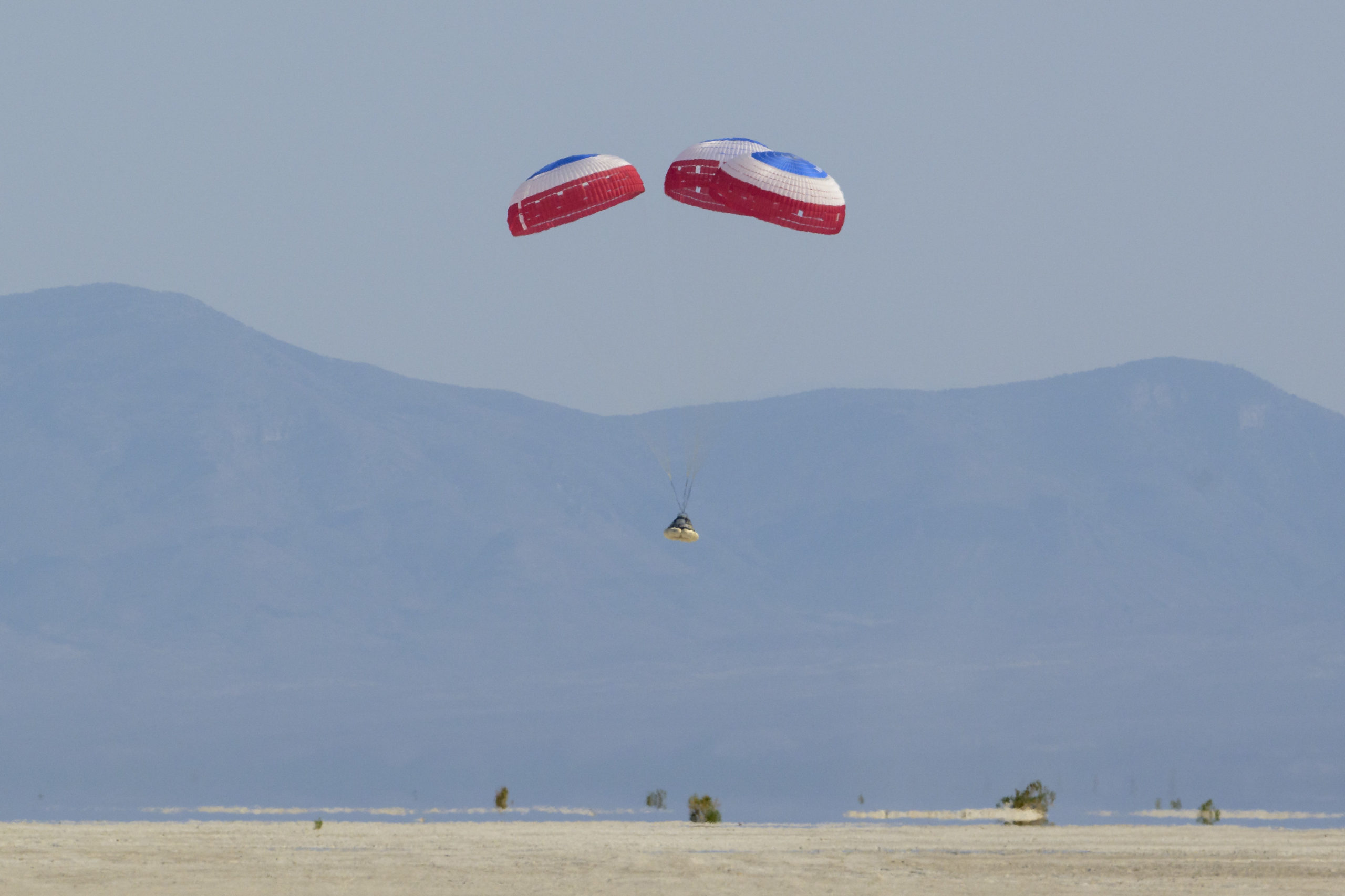
Neither Mr. Stich nor Mr. Nappi would be drawn on a revised launch date for CFT, their language very much emphasizing a “when we’re ready” approach. But the first hint of a substantial delay quickly became apparent: drop-testing of the redesigned parachutes—built by Airborne Systems—is anticipated in late November, with delivery slated no sooner than mid-December, and this sits squarely on the CFT “critical path”.
It is the drop-testing and delivery of the parachutes, Mr. Nappi explained, which will drive CFT’s readiness to fly. Current expectations are that the Starliner spacecraft will attain a state of mission readiness by no earlier than March 2024, although in view of the ISS visiting vehicle manifest—with the station already booked for the arrivals and departures of Crew Dragon and Soyuz spacecraft in the late spring timeframe—and a busy launch manifest out of the Space Coast it remains to be seen how soon after this NET date a place can be found for this long-delayed flight.
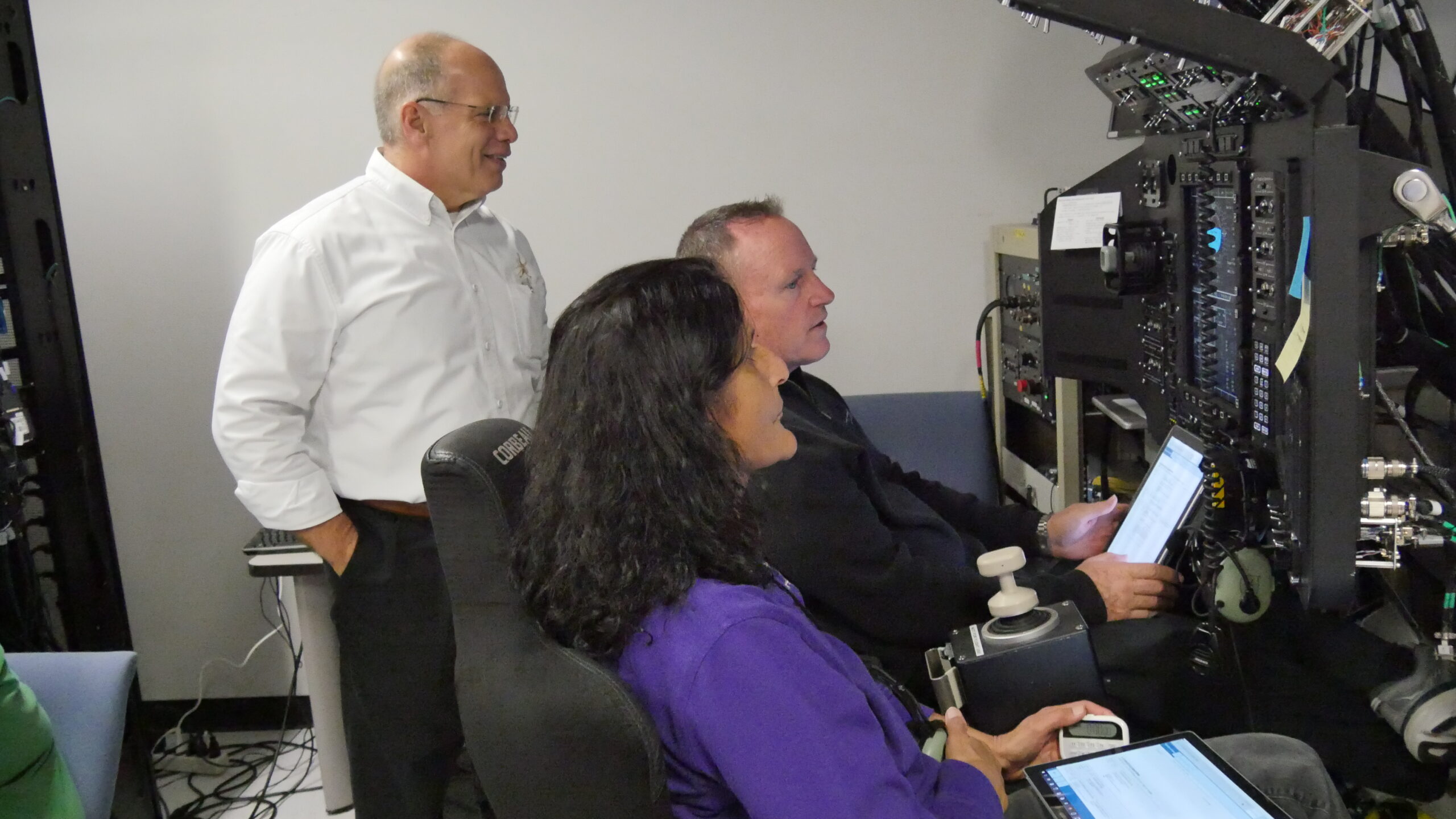
In the meantime, Mr. Nappi explained that Wilmore and Williams remain “fully engaged” and ready to support the mission, but today’s extended delay to CFT raises questions about the first regular long-duration flight, Starliner-1, currently scheduled to occupy the ninth U.S. Crew Vehicle (USCV-9) “slot” in the summer of 2024. Veteran NASA astronauts Scott Tingle and Mike Fincke are already deep in training to command and pilot this mission, with two mission specialists yet to be identified.
All eight prior USCVs—from Crew-1, launched in November 2020, to Crew-8, scheduled to fly early next spring—have been executed using SpaceX Crew Dragons, helping with Russia’s Soyuz to maintain a continuous U.S. human presence aboard the ISS. But when Starliner completes CFT and begins regular missions, planning calls for one Boeing and one SpaceX crewed flight per year through the expected end of ISS operations in 2030.
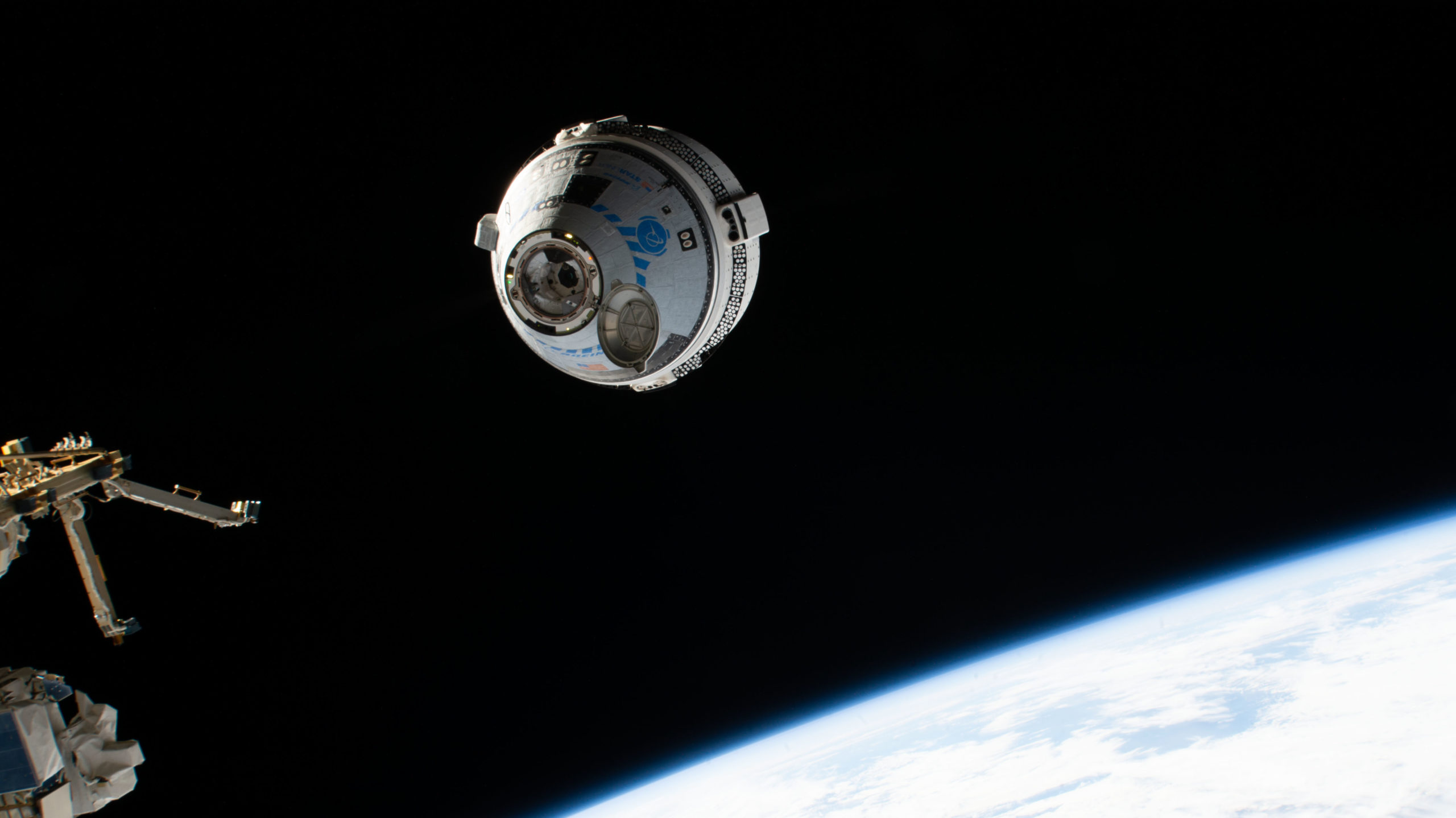
Current expectations foresee six Post-Certification Missions (PCMs) of Starliner, just barely enough to squeeze one per year from 2024 through the end of the ISS era. Asked if Starliner-1 will retain its place in the USCV-9 slot in the summer of 2024, Mr. Stich was non-committal, stressing only that teams “need to look at exactly where” CFT flies, before considering when Tingle et. al. might launch and the possibility of “could we fit it in to end of next year”.




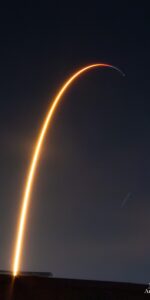
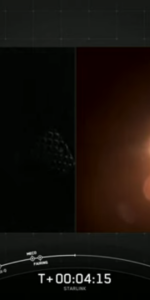
One Comment
One Ping
Pingback:Better Late Than Never: New ISS Crew Prepares to Fly, All-Female EVAs Possible in October - AmericaSpace